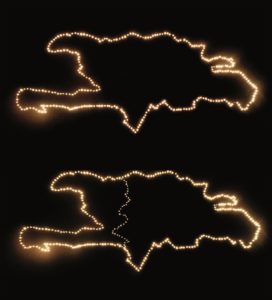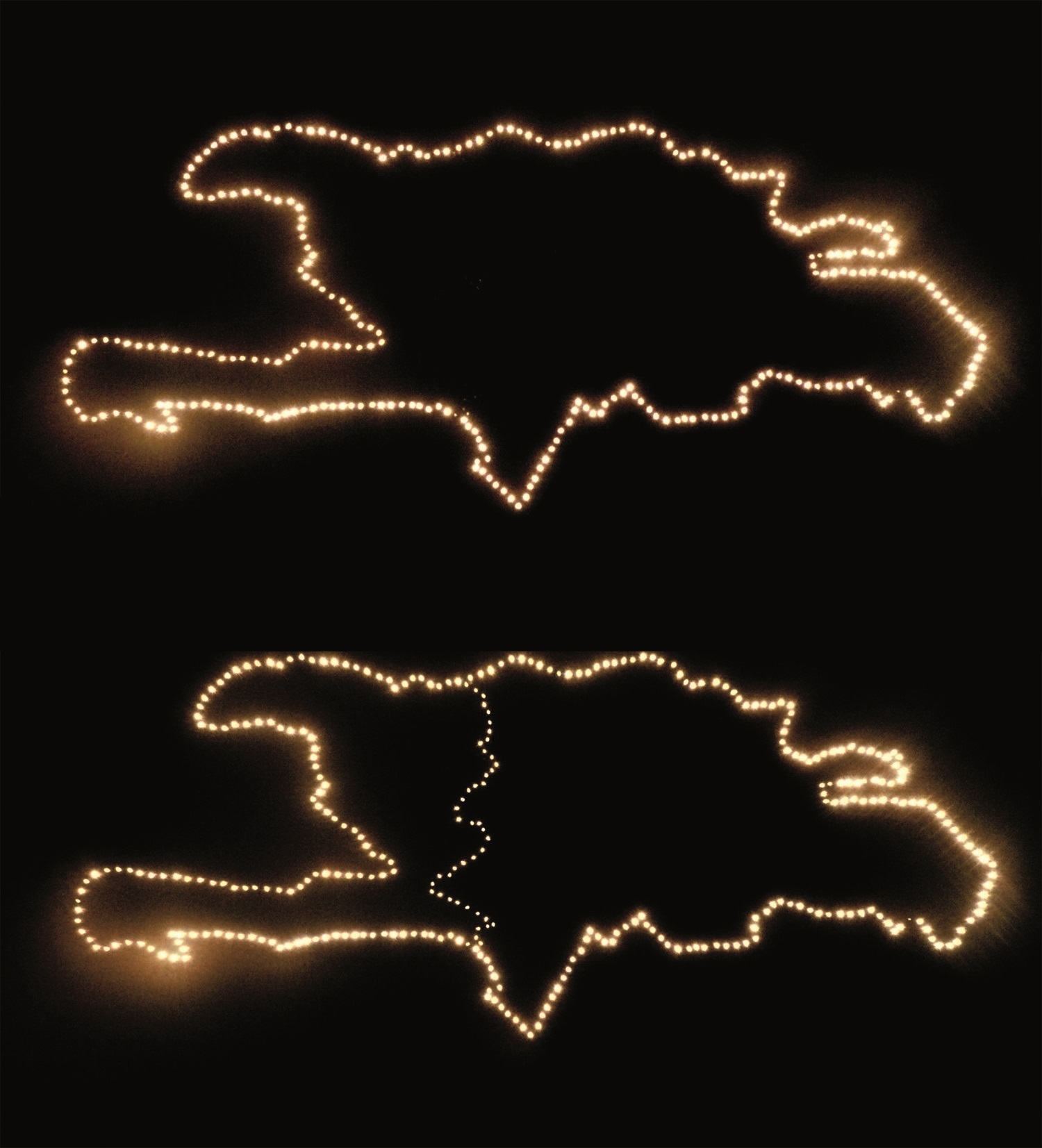This blog is part of the COMPAS Coronavirus and Mobility Forum.
My contribution to this forum aims to shine light on responses to crisis by impoverished Haitians and their families across the island of Hispaniola. The aftermath of the January 2010 earthquake in Haiti gives us some pointers to learn from emergent new mobilities. However, I argue that COVID-19 presents even greater challenges, for both Haitian migrants already in the neighbouring Dominican Republic as well as those who may seek to migrate during the pandemic.
Historically, the two countries have a relatively good track record for collaboration over health matters, dating back to 1950s for bilateral agreements and currently significant cross-border cooperation exists for Dominican hospitals to backstop limited Haitian capacity. Other bilateral matters have less positive outcomes. Haitian labour migration to the neighbouring Dominican Republic goes back a century and human rights abuses faced by workers and their descendants born in the Dominican Republic are well documented. Following increasingly restrictive measures on migration and nationality at the turn of the century, in 2013 the Constitutional Tribunal in Santo Domingo issued a ruling which denationalized over 130,000 Dominicans of mainly Haitian ancestry. Despite some limited pushback achieved by civil society and their allies at home and abroad and notwithstanding official rhetoric to the contrary, this egregious violation of human rights is far from being redressed. Regularization of irregular Haitian migrants has likewise been patchy since 2014, leading today to hundreds of thousands of fragile or out of status migrants.

Intermittent Border Line (2008). (Photograph Karmadavis). Model by Dominican artist Karmadavis using small electric light bulbs to highlight both the perimeter and internal frontier of Hispaniola. Yet while the perimeter is permanently lighted, the border, which divides the island in two, switches on and off intermittently.
States of exception
Paradoxically, Haiti was the first to have lock-down in the Americas before the arrival of COVID-19 and is one of the last countries assailed by the pandemic in the western hemisphere. Haiti was in lock-down, or peyi-lok, in the final months of 2019. This creole epithet alludes to the nationwide political and economic protests which paralysed Haiti, precipitated by anticorruption scandals revealed in mid-2018. The Haiti-Dominican Republic border was not closed but most schools and businesses were shut down.
Before the first case of coronavirus was detected in Haiti, President Moïse unilaterally declared the land border to be closed, likely mindful of the nine year struggle endured to eliminate the cholera outbreak of October 2010. Haiti will be hard put to deal with coronavirus, due to a notorious lack of installed health services capacity. Social distancing will be virtually impossible in urban areas because of overcrowded housing and informal labour patterns.
Across the border, the Dominican Republic’s President Danilo Medina subsequently introduced manu militari a state of exception, a curfew, and social distancing measures in the latter half of March. By then the Dominican Republic already had a large number of cases relative to population and the worst mortality rate in Latin America. Health services are weak and social protection programmes ignore a large swathe of the population without documents, especially migrant workers and their descendants born in-country.
Four types of mobilities during the pandemic
The border between the two countries is not absolutely impermeable in this crisis, as described below. Indeed, WHO guidelines 2020 would suggest that the Dominican Republic and Haiti are correct to maintain certain openness across the border, unlike some other countries in South America with resultant hardships for poor migrants.
As the pandemic unravels on Hispaniola, four types of cross-border movement have been evidenced on the part of Haitians. The most newsworthy was the exodus across the northern border of some 1,000 Haitians back to Haiti in a single weekend (21-22 March) in what has been aptly described as panic mobility. Lack of coordination between border authorities, and limited capacity on the Haitian side, has meant that COVID-19 testing has been scant for these spontaneous returnees.
Secondly and simultaneously, given an officially closed border, Haitians looking for jobs in the Dominican Republic engineer new informal, potentially dangerous routes, whereby greasing the palm of border authorities, if needed, assures their crossing.
Thirdly, where border control is exercised, some of these informal border–crossers are immediately returned across the border, in so-called non-admissions.
A fourth type of movement is that of regular Haitian cross-border workers who, despite a closed border and suspended bi-weekly border markets, continue to criss-cross on foot the four official border posts. They, too, may be subject to arbitrary removals as the Dominican authorities feign a mainmise, when legislation on the Dominican books since 2004 to authorize this local pendular migration remains a dead letter.
I argue that these four types of movement are both more restricted (there is no way off the island beyond rickety boats with closed borders around the perimeter of the island the norm under COVID-19) but more dynamic on the island than those new (im)mobilities after the Haitian earthquake. Most impoverished Haitians immobilised by the earthquake in 2010 remained petrified at home.
Towards more just migration policies
Could it be that the coronavirus produces a wake-up call towards more fruitful Dominico-Haitian relations notably on migration, recognising that successive Dominican governments have dug themselves deeper and deeper into a hole on migration and nationality affairs?
Migrants’ rights activists are insisting that those segments of the population in “precarious legality”[1], Haitian migrants and denationalized Dominicans of Haitian ancestry, be included in coronavirus responses. Otherwise all are at risk of contagion. A leading jurist in Santo Domingo admonished: “..there is no possible escape from coronavirus: anyone, poor or rich, may be infected. So we are all together in a big cosmic boat which is the Earth, although to be sure only some are travelling in first class.”
In these circumstances we could be in for the long haul to control coronavirus across Hispaniola.
Bridget Wooding, is Director of the Observatory of Caribbean Migrants (OBMICA), Dominican Republic.
[1] Term coined by Tanya Bosak and Martha Rojas in 2017 to describe Mexico’s regularization programme. See https://www.tandfonline.com/doi/abs/10.1080/01419870.2017.1291983?journalCode=rers20
